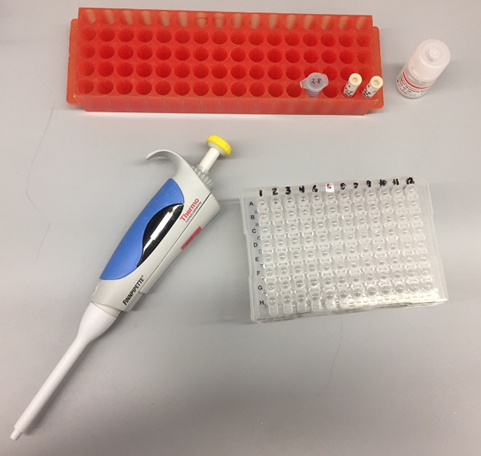Dental erosive wear is a multifactorial condition of high prevalence, especially among younger age groups. It is characterized by loss of tooth substance caused by mechanical wear, facilitated by erosion (chemical dissolution) of the dental tissue. There is currently an emphasis on discovering individual genetic predisposition for the development of this condition.
A proper protection of the soft and hard oral tissues is contributed by the saliva. Additionally, aquaporins are water channel proteins expressed in salivary glands and during tooth development. They affect the secretion and composition of saliva and are consequently linked to physiological protection of the oral cavity.
Data from dental patients were used to investigate the association between created erosion phenotypes and aquaporins’ single-nucleotide variants. Thereafter, phenotypes were analyzed in relation to diet and oral hygiene. The overall assumption was that dental erosive wear is a complex gene-environment model.
The present results demonstrated an association between certain aquaporins` genes and severe dental erosive wear. Furthermore, significant associations were present when covariates were included, suggesting that a strong environmental component is present. The results support the thesis that dental erosive wear establishes under a gene-environmental complex model which are a significant contributor to the investigation of this complex research area.
The present research was a collaboration between Institute of Oral Biology, University of Oslo; Nordic Institute of Dental Materials, and Department of Oral Biology, School of Dental Medicine, University of Pittsburgh.
Reference:
Tulek, A., et al., Aquaporins' Influence on Different Dental Erosive Wear Phenotypes in Humans. Caries Res, 2020: p. 1-11.
Contact:
- Amela Tulek
- Amer Sehic
